If, like me, you are old enough to remember the Nixon administration, I expect you have not forgotten – and will never forget – what happened at Kent State University.
Nixon, who had campaigned on ending the Vietnam War with an honorable peace, had instead secretly expanded the war with a bombing campaign and subsequent ground assault in neighboring Cambodia. He announced this publicly on April 30, 1970, explaining that it was vital to interdict troops and supply lines running from North Vietnam to the Viet Cong guerrillas who were fighting American soldiers and Vietnamese allies in the south.
Across the country, campuses exploded in protest. Although undergraduate students generally were deferred from the draft, American youth on and off campus were largely opposed to the war; many had friends, siblings or cousins who had gone to Vietnam and returned disillusioned.
For the most part, the protests were noisy and somewhat disruptive – campus buildings were frequently occupied – but peaceful. The infamous “police riot” at the 1968 Democratic Party convention in Chicago was a fresh memory. But at Kent State, after several days of off-campus civil unrest and with a big anti-war demonstration planned, the governor called out the National Guard. Armed soldiers confronted protesting students. It was American youth facing American youth at gunpoint – the soldiers were about the same age as the students.
On the afternoon of May 4, 1970, the guardsmen opened fire. In minutes four students were dead or mortally wounded, and nine others injured. A student photographer named John Filo captured the image of a 14-year-old runaway girl, Mary Ann Vecchio, screaming over the body of 19-year-old Jeffrey Miller, a dead student. That Pulitzer Prize-winning photo is one of the best remembered of the anti-war movement.
The megaband Crosby, Stills, Nash and Young captured the moment in a song, which Neil Young wrote almost immediately after the campus shootings. The rhythm of “Ohio” echoes the drums of war, and the lyrics tell the story of the moment in the late 20th century when Americans in uniform turned their guns on other Americans:
Tin soldiers and Nixon coming,
We’re finally on our own.
This summer I hear the drumming,
Four dead in Ohio.
Gotta get down to it!
Soldiers are cutting us down,
Should have been done long ago.
What if you knew her and
Found her dead on the ground
How can you run, when you know?
I find the story relevant today, when campuses are again unrestful and tolerance can be in short supply. So I was startled when I recently came across a cover of “Ohio” by the current incarnation of Blackfoot, a long-running southern rock band that has had many lineups. The music on the studio version is well-played, but their lyrics omit all mention of Nixon and Kent State. The story becomes one of 10 unidentified men randomly committing violence someplace in Ohio.
I generally admire musicians who put their own stamp on a familiar tune. A few years ago I even wrote a blog post about a particularly excellent cover; that blog post ended up leading me to a new network of wonderful and talented friends. I don’t make a habit of second-guessing artists and their art.
But I hate to see “Ohio” become unmoored from the history that made it. I don’t know why Blackfoot chose to approach the song this particular way, especially since the band has played the original lyrics in the past. I do know, however, that I’ll never be able to hear any version of Neil Young’s song without remembering what happened on a Midwestern college campus on that terrible spring day so many years ago.





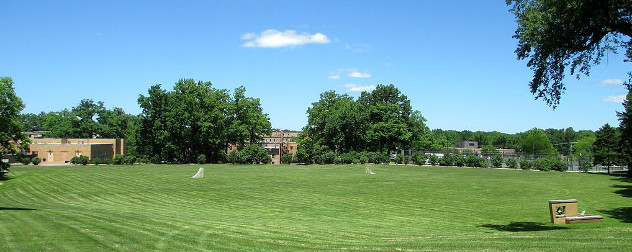

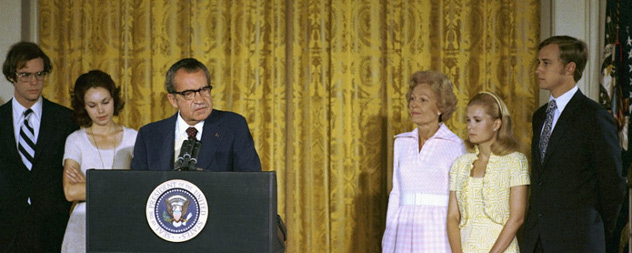
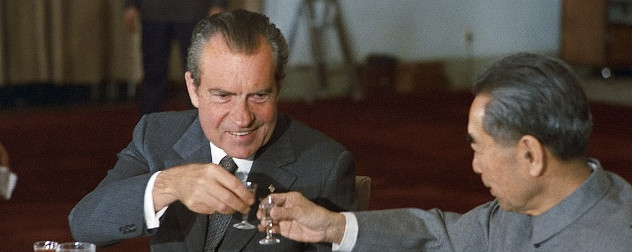

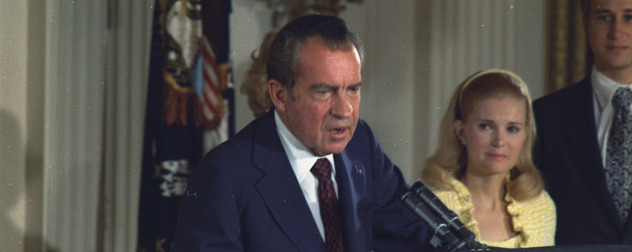
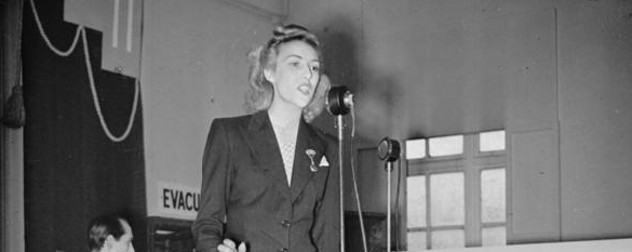



August 11, 2017 - 11:05 am
I was a student at Butler University when Kent State happened. We got no names of the dead until the evening. I spent some of the afternoon with a friend whose boyfriend was at Kent. She of course was near hysteria. Blame? Look to Sylvester Del Corso, who brought in a National Guard troop that had just been involved with a brutal rubber workers’ strike in Akron. Random shots? The guardsmen turned as a group and fired.
Water under the bridge? Yes. But it should not be forgotten.